Hot Dogs with a Side of Chill
July is National Hot Dog Month and National Hot Dog Day is Wednesday, July 17! This summer, people in the United States will consume millions of hot dogs at family BBQs, restaurants and amusement parks.
What better way to celebrate than by safely preparing and cooking delicious hot dogs!
Hot dogs carry the potential to be contaminated by the dangerous foodborne bacteria, Listeria monocytogenes. If they are not cooked and handled properly, hot dogs can cause Listeriosis, a serious bacterial infection.
The CDC estimates that Listeriosis causes about 1,600 illnesses and 260 deaths in the U.S. annually. The infection is most likely to sicken pregnant women and their newborns, adults aged 65 or older, and people with weakened immune systems. Pregnant women are especially at serious risk, since Listeriosis can cause miscarriages and stillbirths.
Here’s how you can enjoy hot dogs and protect yourself from food poisoning this summer:
- Wash your hands with soap and water for 20 seconds before and after handling raw hot dogs.
- Avoid cross-contamination of raw hot dog juices on cooking utensils, food prep surfaces, or other items in the fridge.
- Refrigerate hot dogs immediately after purchasing, for up to 2 weeks unopened, or no more than 1 week after opening.
- Use an appliance thermometer to make sure your refrigerator is cooled at 40°F or below.
- Cook hot dogs until the internal temperature reaches 165 °F on a digital food thermometer or until steaming hot just before serving.
To celebrate National Hot Dog Month, we’ve created three fun, safe recipes for you!
- Hot Dogs with Bacon, Mayonnaise & Peanut Butter
- Corn Puppy Dogs
- Grilled Plant-based Spicy Sausage Tacos with Avocado Pineapple Salsa
Follow these simple food safety steps and enjoy America’s favorite meal on a bun!
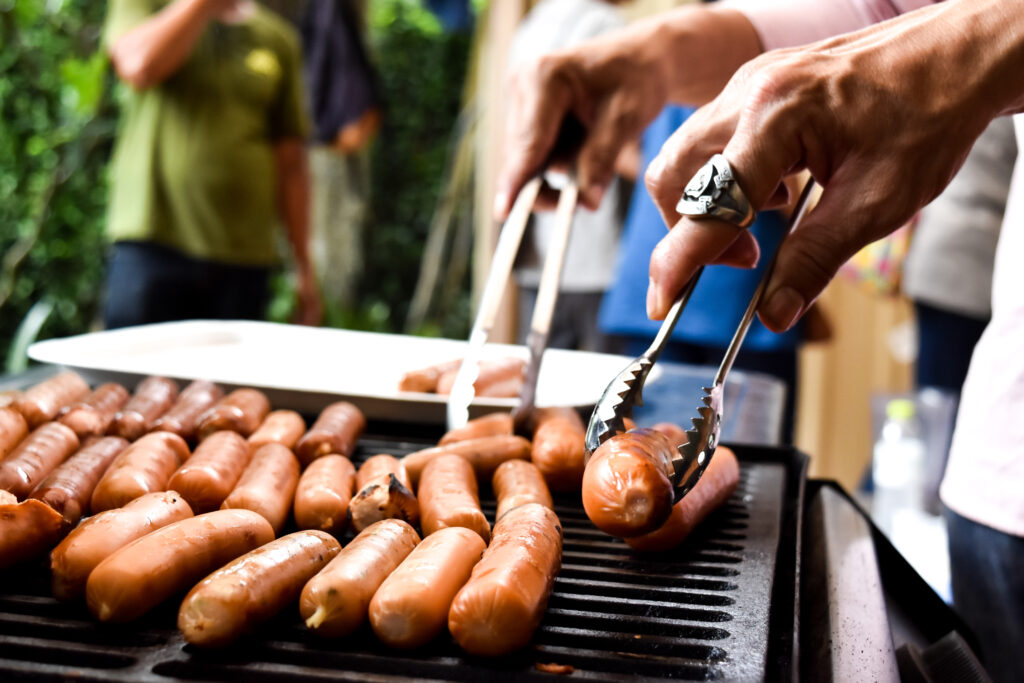



Melanie Safi earned a degree in Health & Nutrition Sciences with a concentration in Foods and Nutrition. She served as PFSE Communications and Marketing Intern in the spring and summer of 2022 as well as Marketing Consultant for the 2023 Consumer Food Safety Education Conference.
Meet Our Board Members
Our board members bring a wealth of experiences and expertise to the Partnership, united by their passion for our mission. It’s our pleasure to introduce them to you.
Harold Chase, Chairman
Director of Government Affairs
NSF
Connect: LinkedIn

Dan Fone
Vice President, Food Safety, Quality & Sanitation
Dollar Tree
Connect: LinkedIn

H. Lester Schonberger, Ph.D.
Associate Extension Specialist
Virginia Tech/Virginia Cooperative Extension
Connect: LinkedIn

Sharon Mayl, Board Advisor
Partner
DLA Piper
Connect: LinkedIn

Jane DeMarchi
President
North American Millers’ Association
Connect: LinkedIn
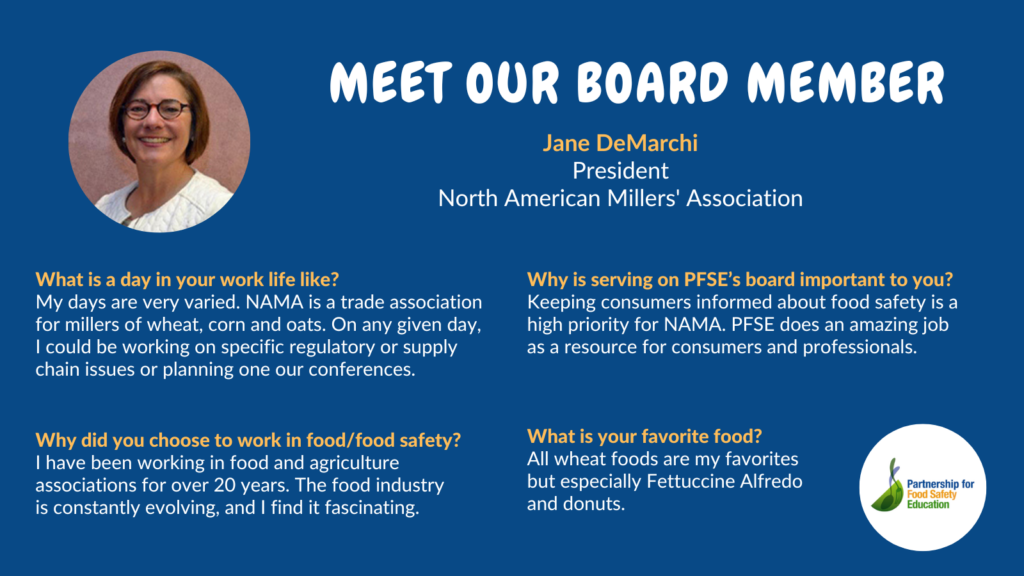
Stefanie Evans, Ph.D.
Vice President, Quality & Food Safety Sourcing & Design
Danone North America
Connect: LinkedIn
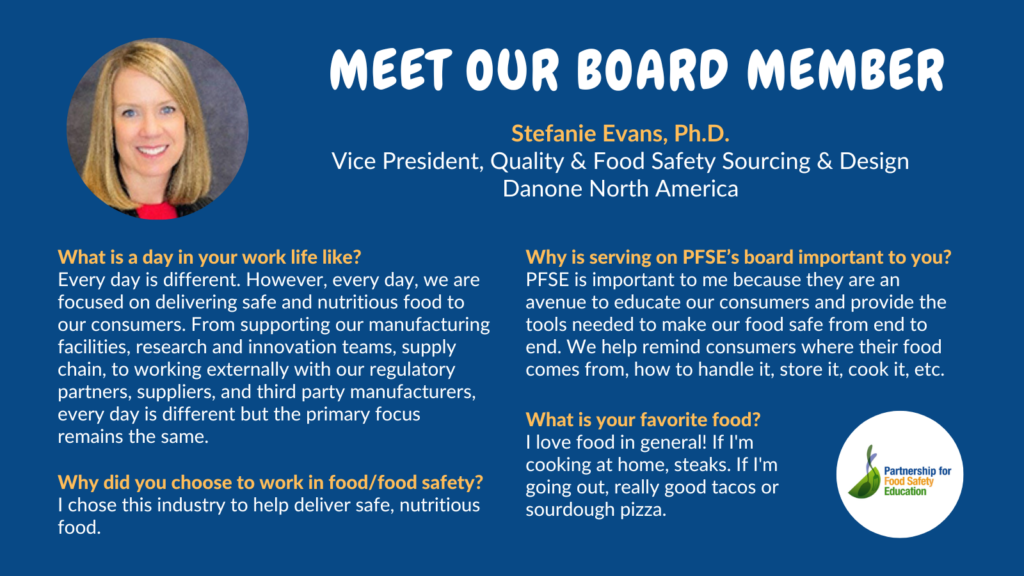
Celebrating Asian American and Native Hawaiian/Pacific Islander Heritage Month
Asian American and Native Hawaiian/Pacific Islander (AANHPI) Heritage Month is a time to acknowledge the outstanding achievements of AANHPI Americans and honor their pivotal role in shaping U.S. history.
We are highlighting some of the culinary contributions of these influential leaders.
Ellison Shoji Onizuka, Joyce Chen & Agha Shahid Ali
Maintain Food Safety While Cutting Food Waste
Food safety is a major concern for the United States. The federal government estimates that there are about 48 million cases of foodborne illness annually — the equivalent of sickening 1 in 6 Americans each year. And each year these illnesses result in an estimated 128,000 hospitalizations and 3,000 deaths.
But food waste is also a major concern. According to the federal government, the U.S. leads the world in food waste, with people in America discarding nearly 40 million tons of food every year. That’s worth more than $161 billion and comes to about 219 pounds of waste per person, or 30 to 40 percent of our food supply. Most of this wasted food is sent to landfills where it decomposes and produces methane. Landfills are the third largest source of methane emissions, which are a big factor in climate change because methane is so effective at absorbing the sun’s heat, which warms the atmosphere.
The food industry and consumers are the chief sources of food waste in the United States. Within the food industry, waste occurs at every step — on the farm and with packers, processors, distributors, and retailers. Some of it is the result of economic forces, some of management problems, and some is caused simply by dumping products that are less than perfect in appearance. Several federal agencies are cooperatively working with food industry entities to identify ways of reducing food waste.
For consumers, much food waste results from a misunderstanding of what the various wordings on product date labels mean, along with uncertainty about the storage of perishable foods. Confusion over date labeling accounts for an estimated 20 percent of consumer food waste.
Ways to Avoid Wasting Food
- Be aware of how much food you throw away.
- Don’t buy more food than can be used before it spoils.
- Plan meals and use shopping lists. Think about what you are buying and when it will be eaten. Check the fridge and pantry to avoid buying what you already have.
- Avoid impulse and bulk purchases, especially produce and dairy that have a limited shelf life. Promotions encouraging purchases of unusual or bulk products often result in consumers buying foods outside their typical needs or family preferences, and portions — potentially large portions — of these foods may end up in the trash.
- Check the temperature setting of your fridge. Use a refrigerator thermometer to be sure the temperature is at 40 °F (4 °C) or below to keep foods safe. The temperature of your freezer should be 0 °F (-18 °C) or below.
- Avoid overpacking your fridge. Cold air must circulate around refrigerated foods to keep them properly chilled.
- Wipe up spills immediately. It will reduce the growth of Listeria bacteria, which can grow at refrigerator temperatures. Also, cleaning up spills — especially drips from thawing meats — will help prevent cross-contamination, where bacteria from one food spread to another.
- Keep it covered! Store refrigerated foods in covered containers or sealed storage bags, and check leftovers daily for spoilage.
- Refrigerate peeled or cut produce for freshness and to keep them from going bad.
- Use your freezer! Freezing is a great way to store most foods to keep them from going bad until you are ready to eat them. The FDA’s FoodKeeper app has information on how long most common foods can be stored in the freezer.
- Check your fridge often to keep track of what you have and what needs to be used. Eat or freeze items before you need to throw them away.
- When eating out, become a more mindful eater. If you’re not terribly hungry, request smaller portions. Bring your leftovers home and refrigerate or freeze them within two hours and check the FoodKeeper app to see how long they’ll be safe to eat.
- To keep foods safe when entertaining, remember the two-hour rule. Don’t leave perishable foods out at room temperature for more than two hours, unless you’re keeping hot foods hot and cold foods cold. If you’re eating outdoors and the temperature is above 90°F (32°C), perishable foods shouldn’t be left out for more than one hour.
Adapted from the U.S. Food & Drug Administration’s article “Maintain Food Safety While Cutting Food Waste.”
VIDEO: Food Waste & Food Safety at Home
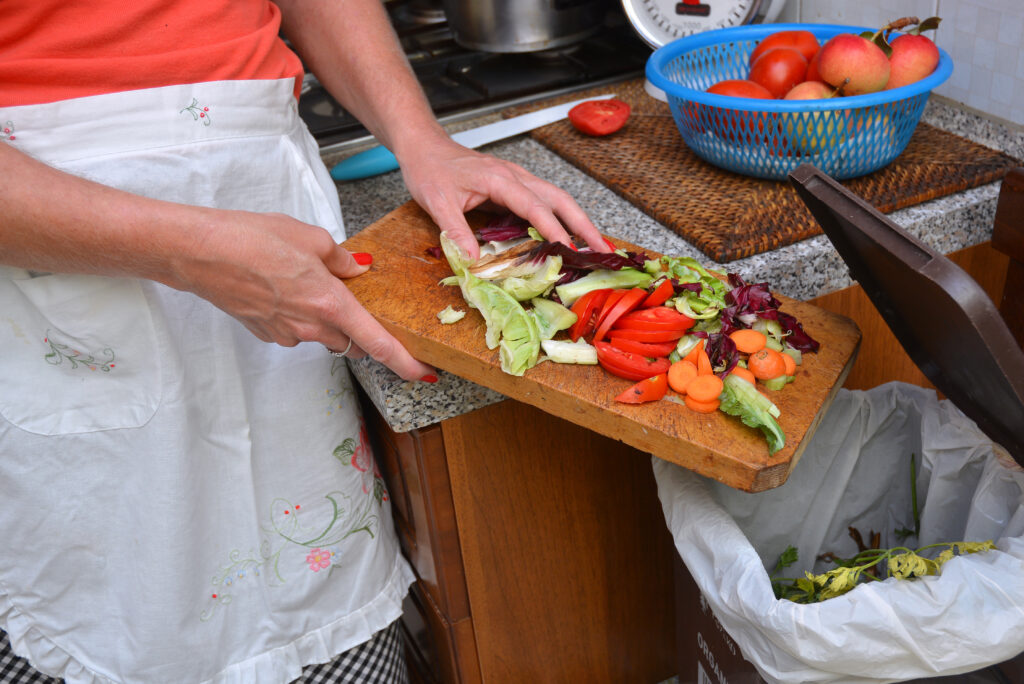
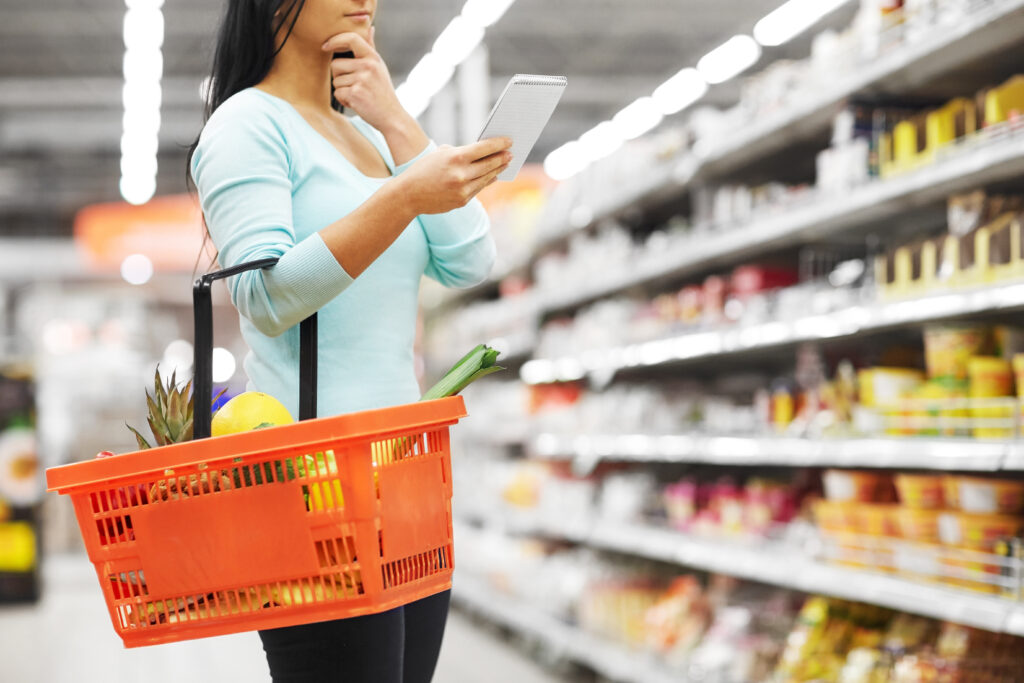
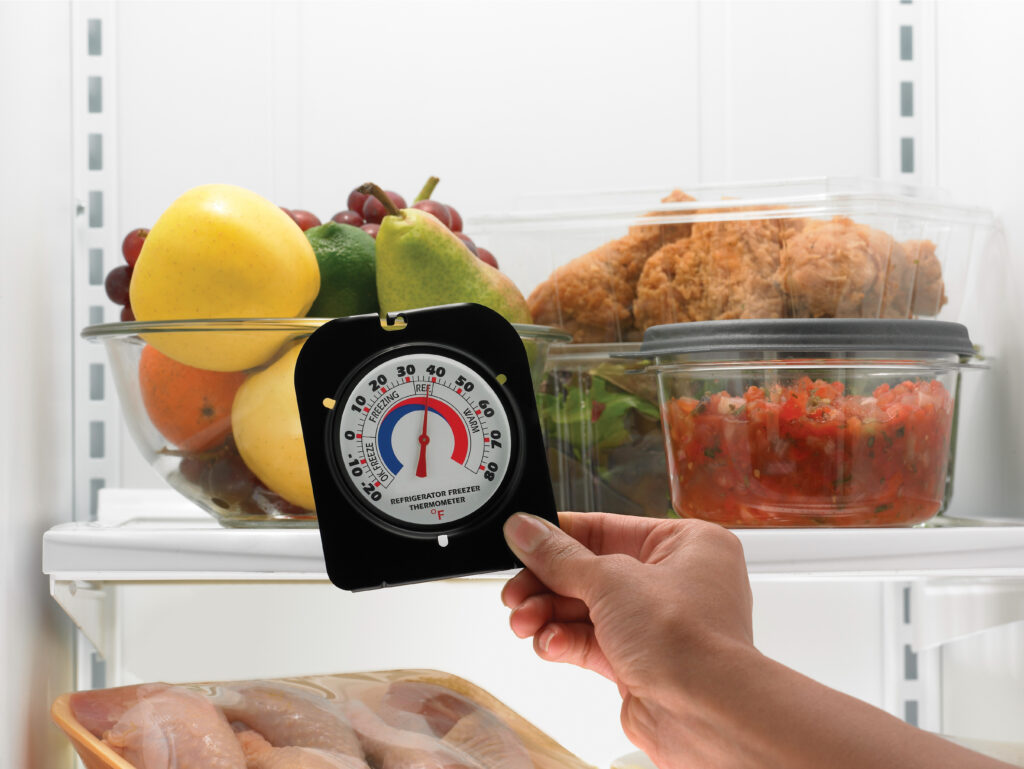
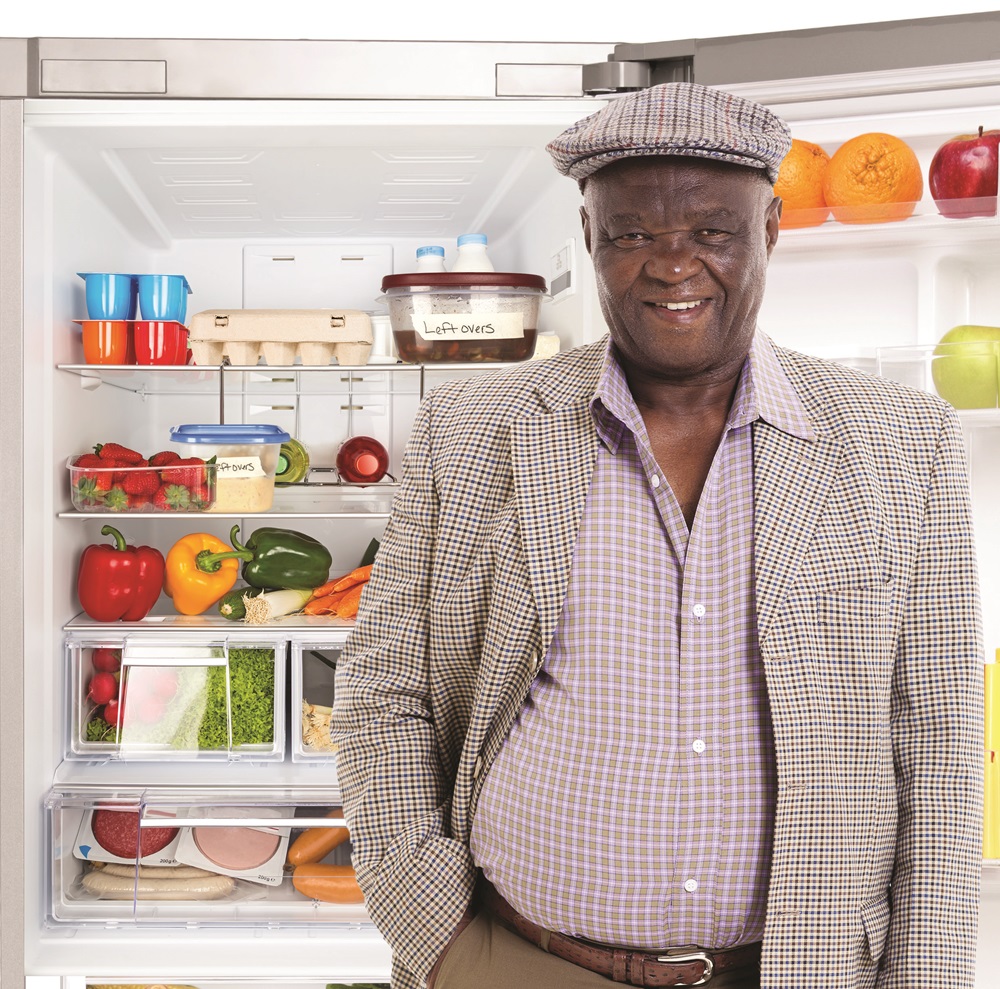
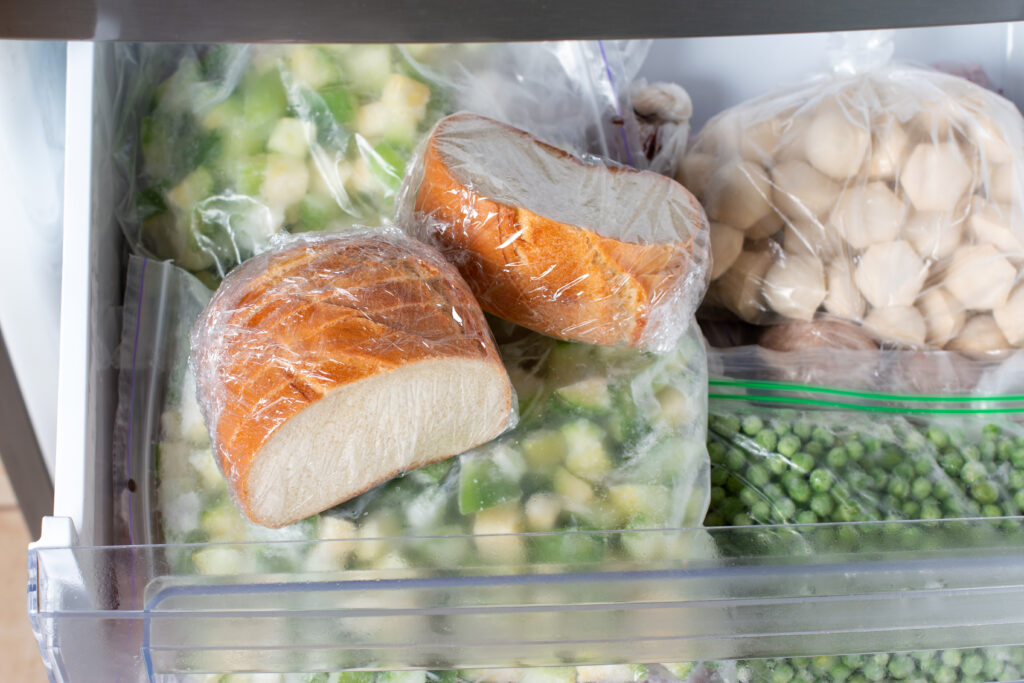
- 1
- 2
- 3
- …
- 16
- Next Page »
